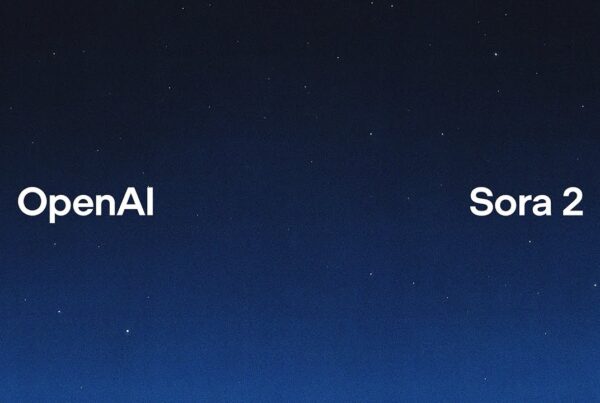Nano Banana is emerging as the latest AI tool that can transform the way people edit everyday photos. With just a single prompt, the app can fix lighting, retouch details, or enhance visuals at a level comparable to professional software. Its simplicity and speed make it stand out, even when compared to the long-standing industry standard, Photoshop.
A recent article published by Tom’s Guide highlights how Nano Banana has evolved from a viral trend into a serious editing tool. Author Amanda Caswell notes that its biggest advantage lies in ease of use. Users simply type a short instruction, and the AI instantly delivers results that match the request.
Nano Banana and the Future of Photo Editing
The rapid development of artificial intelligence has led to breakthroughs across industries, and Nano Banana is one of the most talked-about tools today. Unlike traditional software, users don’t need to navigate complex menus or learn advanced techniques. One command is enough to transform an image in seconds.
Beyond convenience, Nano Banana is versatile. It can brighten underexposed shots, erase unwanted objects, or enhance facial features. The tool is designed to serve both casual users and professionals looking for efficiency.
Editing with a Single Prompt
Amanda Caswell describes her experience as surprisingly seamless. She only needed to write simple commands such as “remove the person in the background” or “make the sky bluer.” The AI responded instantly, producing edits that would normally take much longer with manual tools.
This functionality brings AI closer to everyday users. It is no longer limited to professionals or enthusiasts but now available to anyone who wants to enhance their daily photos.
A Practical Alternative to Photoshop
Photoshop has long been considered the gold standard of photo editing, but it comes with a steep learning curve. Nano Banana does not aim to replace it entirely but provides a faster, more approachable option.
For many users, especially those who prioritize speed, this tool eliminates the need to spend hours on post-processing. The result is efficient and visually appealing content suited for the digital-first era.
From Viral Trend to Professional Tool
At first, Nano Banana gained popularity on social media as users shared fun and experimental edits. But over time, its capabilities proved useful beyond entertainment.
Photographers, influencers, and even journalists have started using Nano Banana in their workflows. This shift highlights how AI tools can transition from internet fads into serious solutions for creative industries.
Professional Use Cases
Some media companies and creative agencies are beginning to adopt Nano Banana to streamline production. What used to take hours can now be accomplished in minutes, helping teams meet tight deadlines.
Freelance photographers, too, are finding value. With less time spent on repetitive adjustments, they can focus more on creativity and client relationships.
Ethical Challenges
Despite its advantages, Nano Banana raises questions about authenticity. Its ability to make hyper-realistic edits has sparked debate in journalism and professional photography, where image accuracy is crucial.
Developers argue that the tool is intended for convenience, not deception. Still, raising awareness about responsible use will be essential to prevent misuse in sensitive contexts.
The Competitive AI Editing Market
Nano Banana is not alone in this space. Tech giants like Adobe, Canva, and Google already offer AI-powered editing features. However, Nano Banana stands out for its minimalist approach and speed.
Comparison with Other Tools
Against Photoshop, Nano Banana wins on simplicity but lacks advanced depth. Compared to Canva, which is more design-focused, Nano Banana delivers more powerful direct photo editing.
This middle ground makes it attractive for the majority of users who want efficiency without sacrificing quality.
The Future of AI Photo Editing
Experts predict that editing will become increasingly automated. Nano Banana could be a forerunner in this trend, pushing the industry toward AI-first solutions.
In the near future, manual editing software may decline in popularity. Instead, AI tools capable of delivering instant results with plain-language prompts are likely to dominate.
Nano Banana shows that AI is no longer just about viral experiments—it’s becoming a practical tool for everyday life. Its ability to deliver fast, high-quality edits positions it as a strong alternative for users seeking convenience. While ethical questions remain, Nano Banana represents a new chapter in the evolution of digital photo editing.
For more technology news and analysis, continue reading on Olam News.









